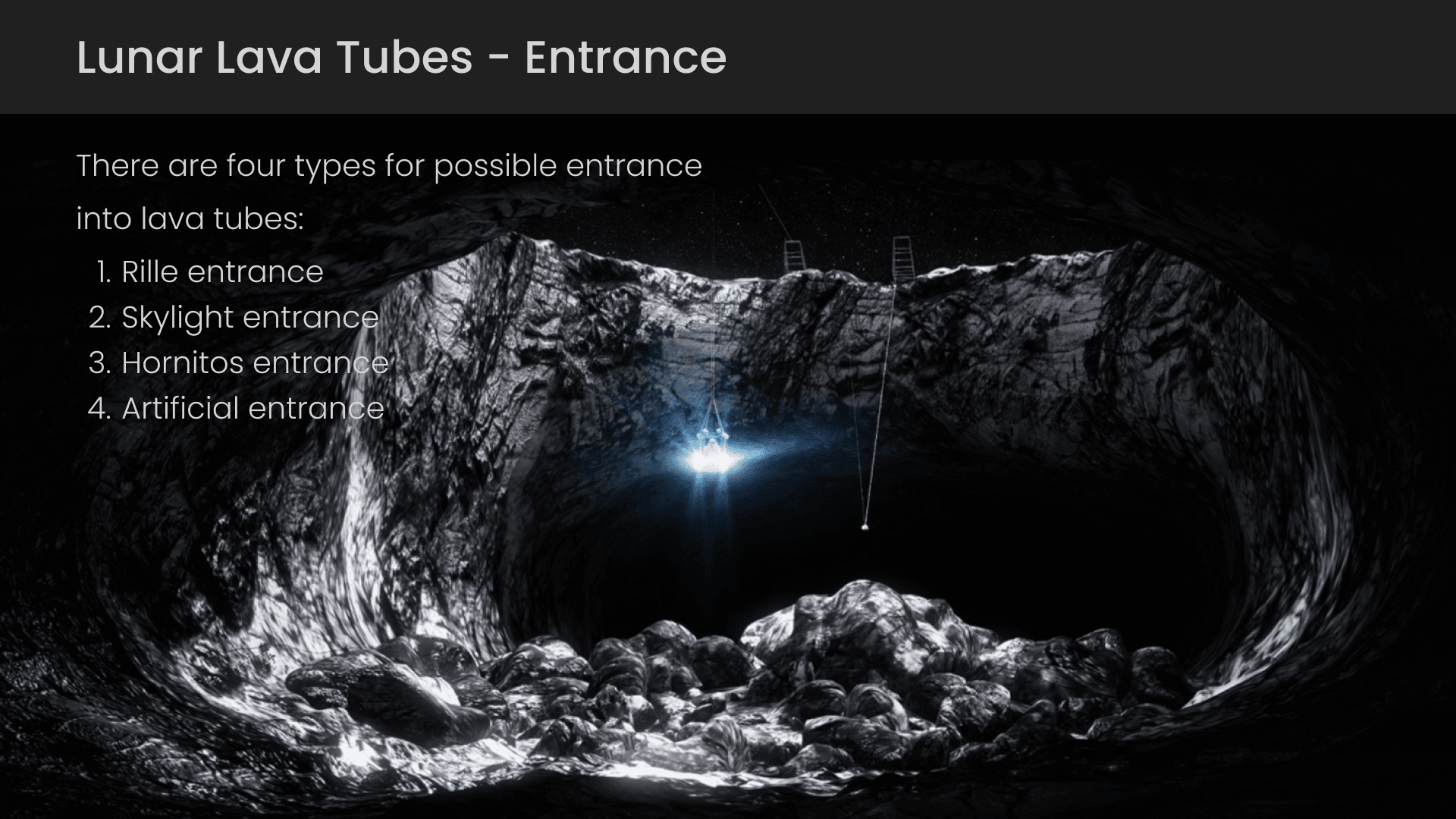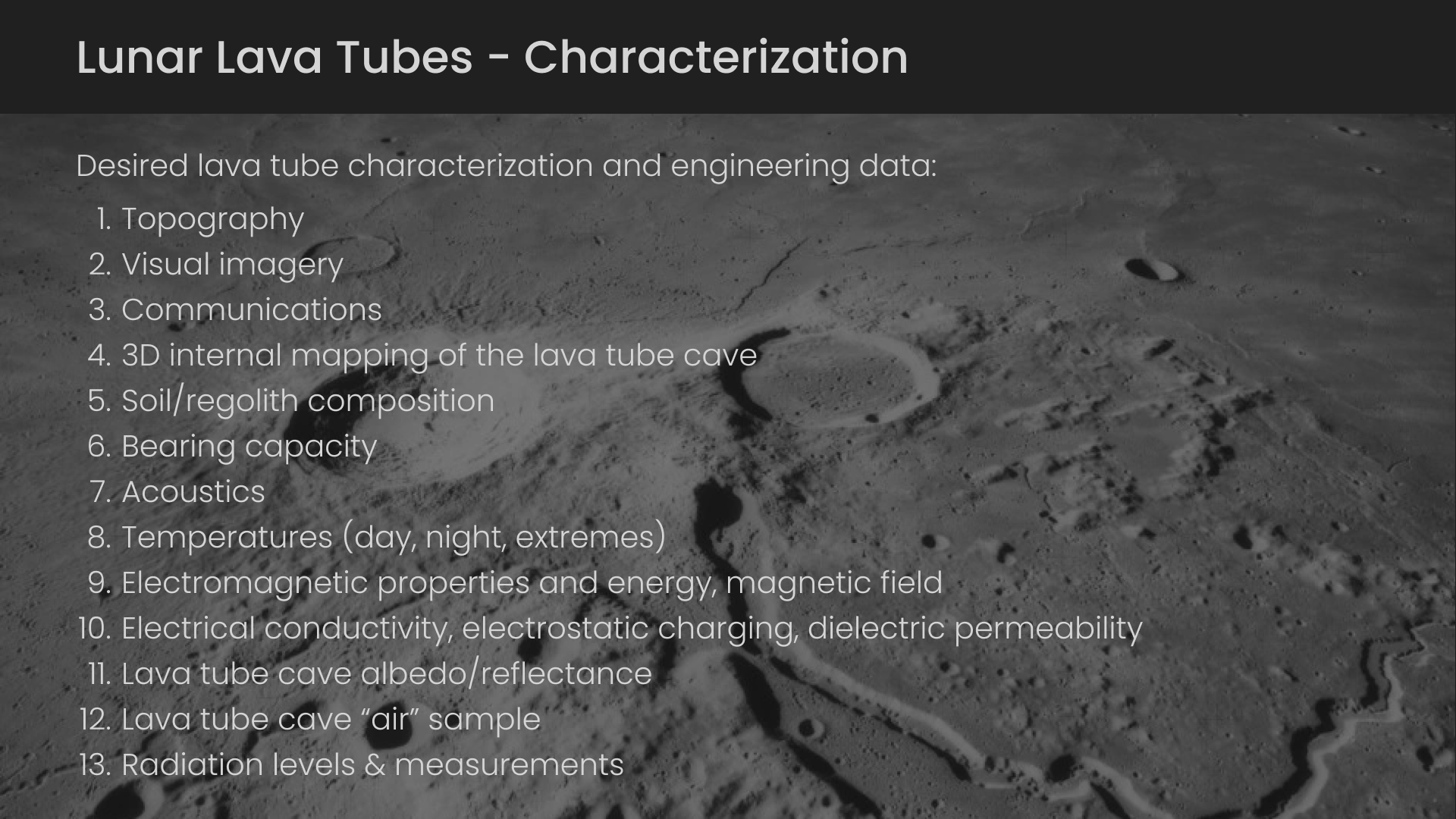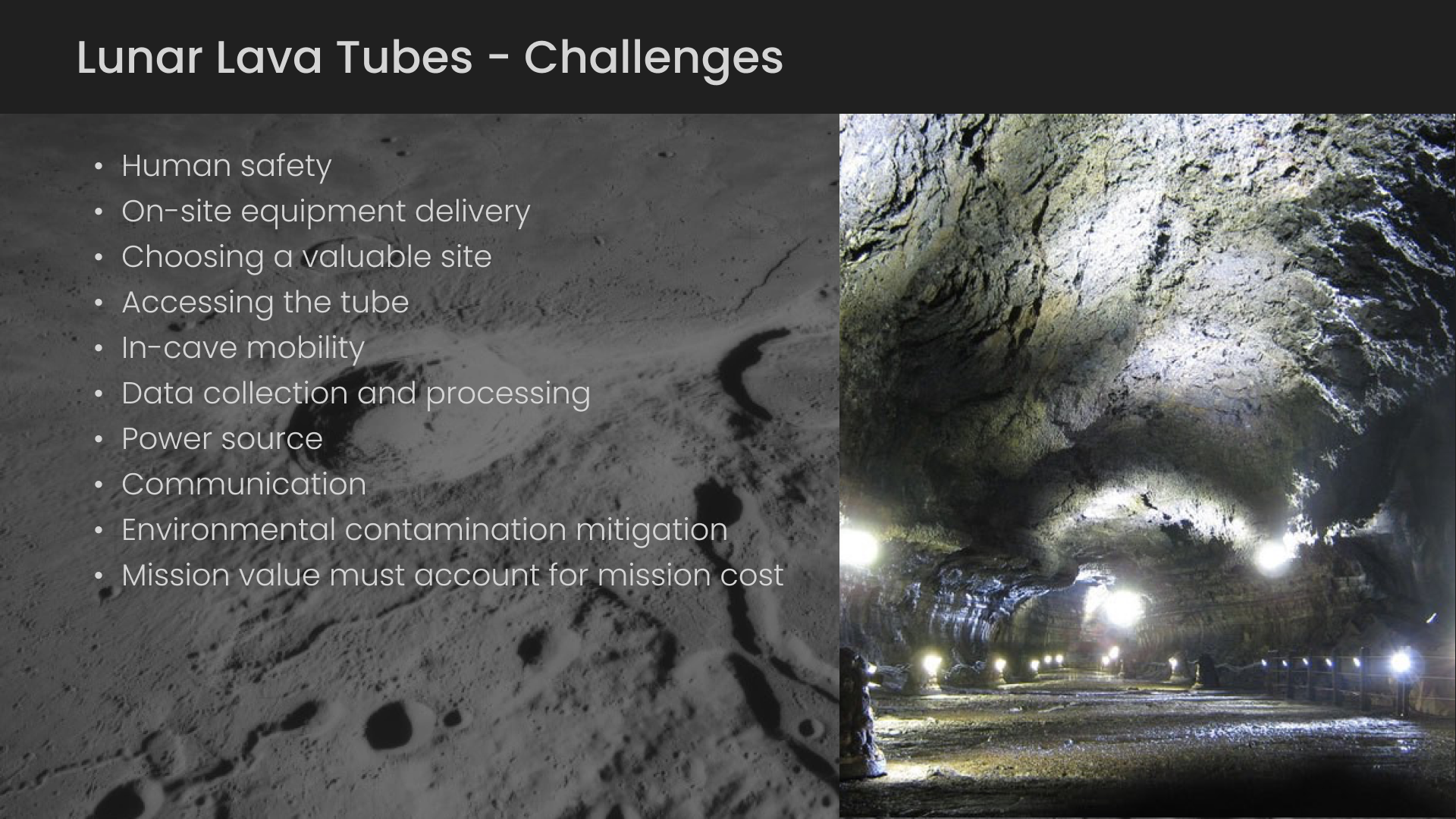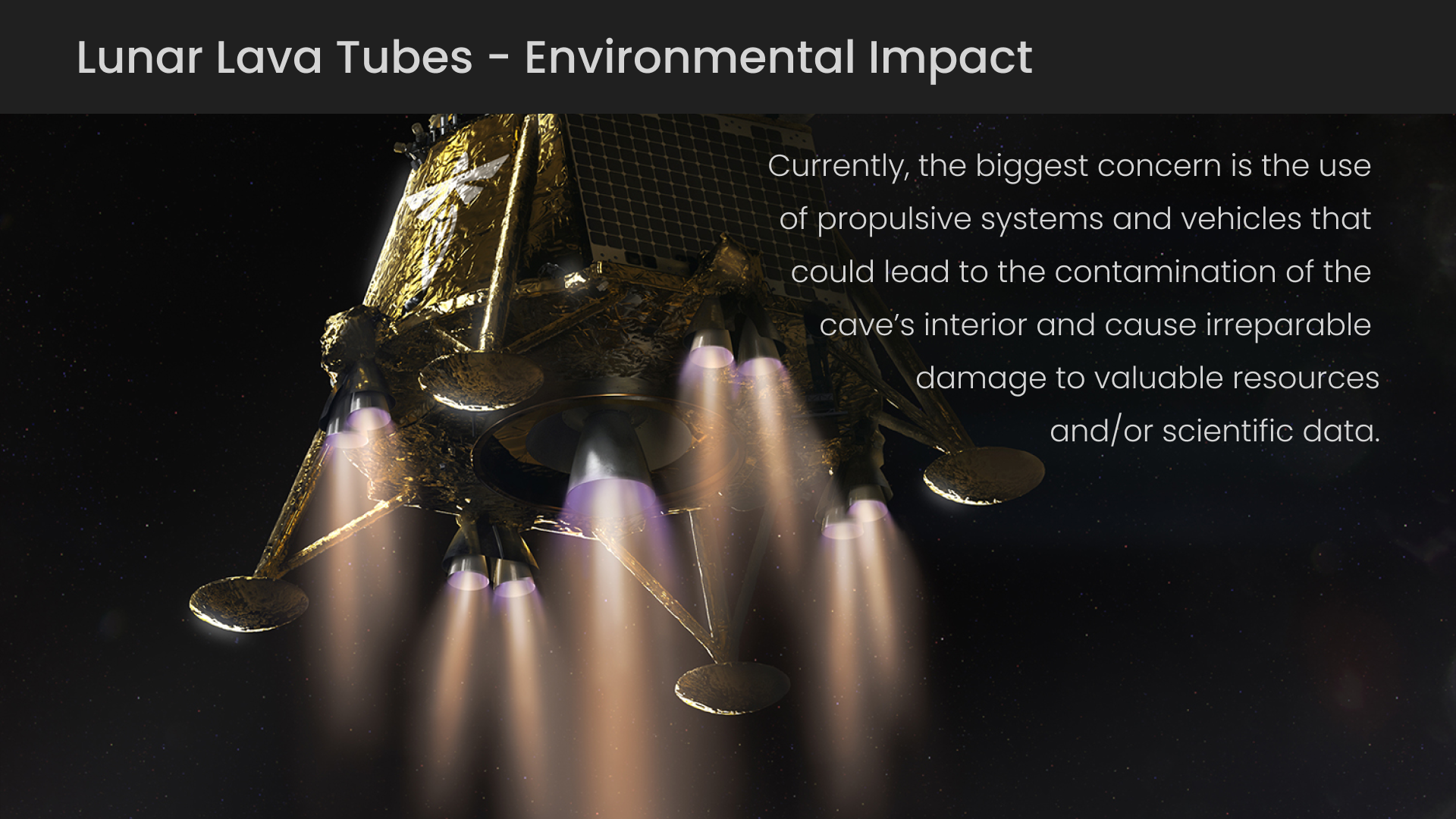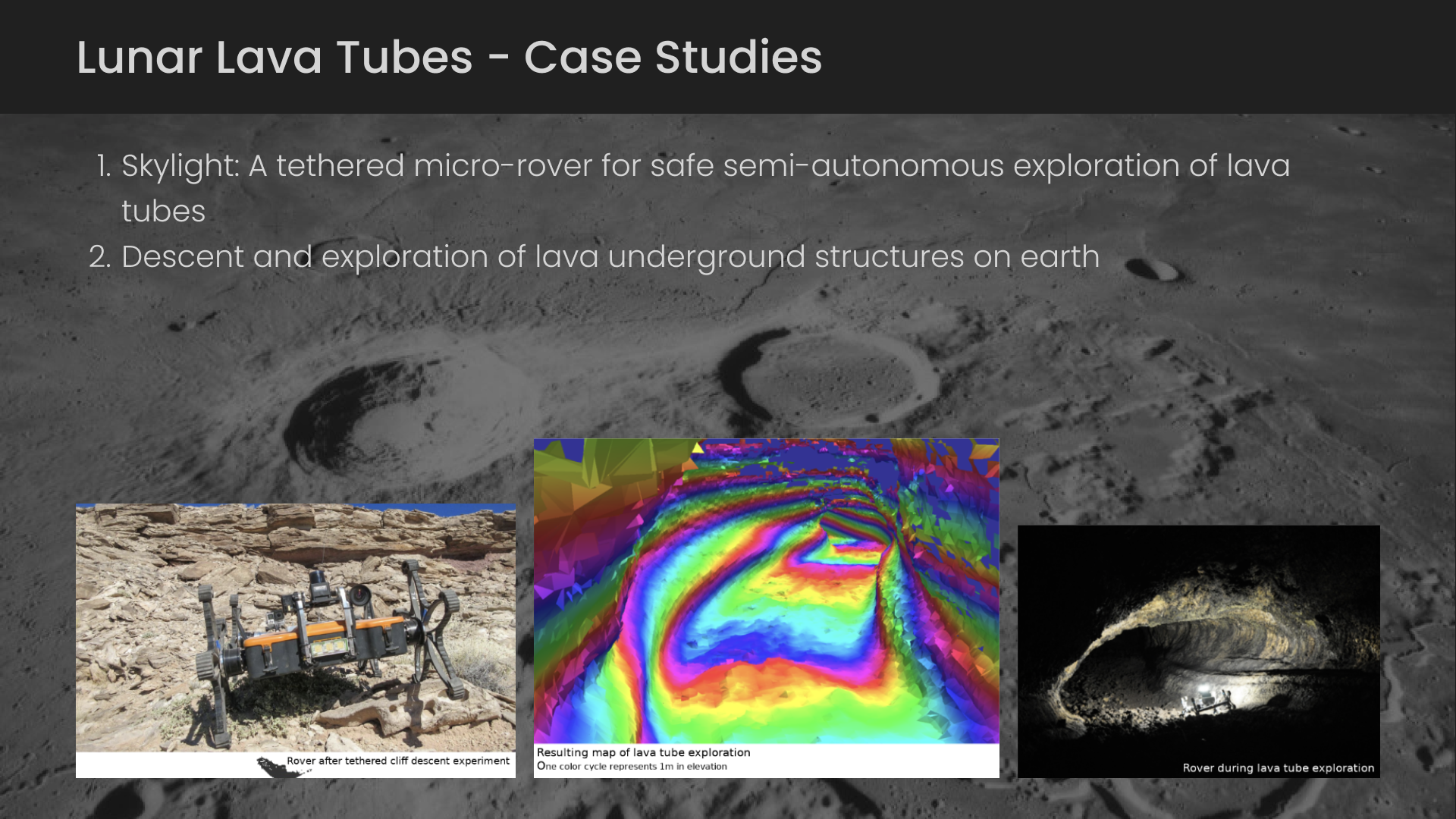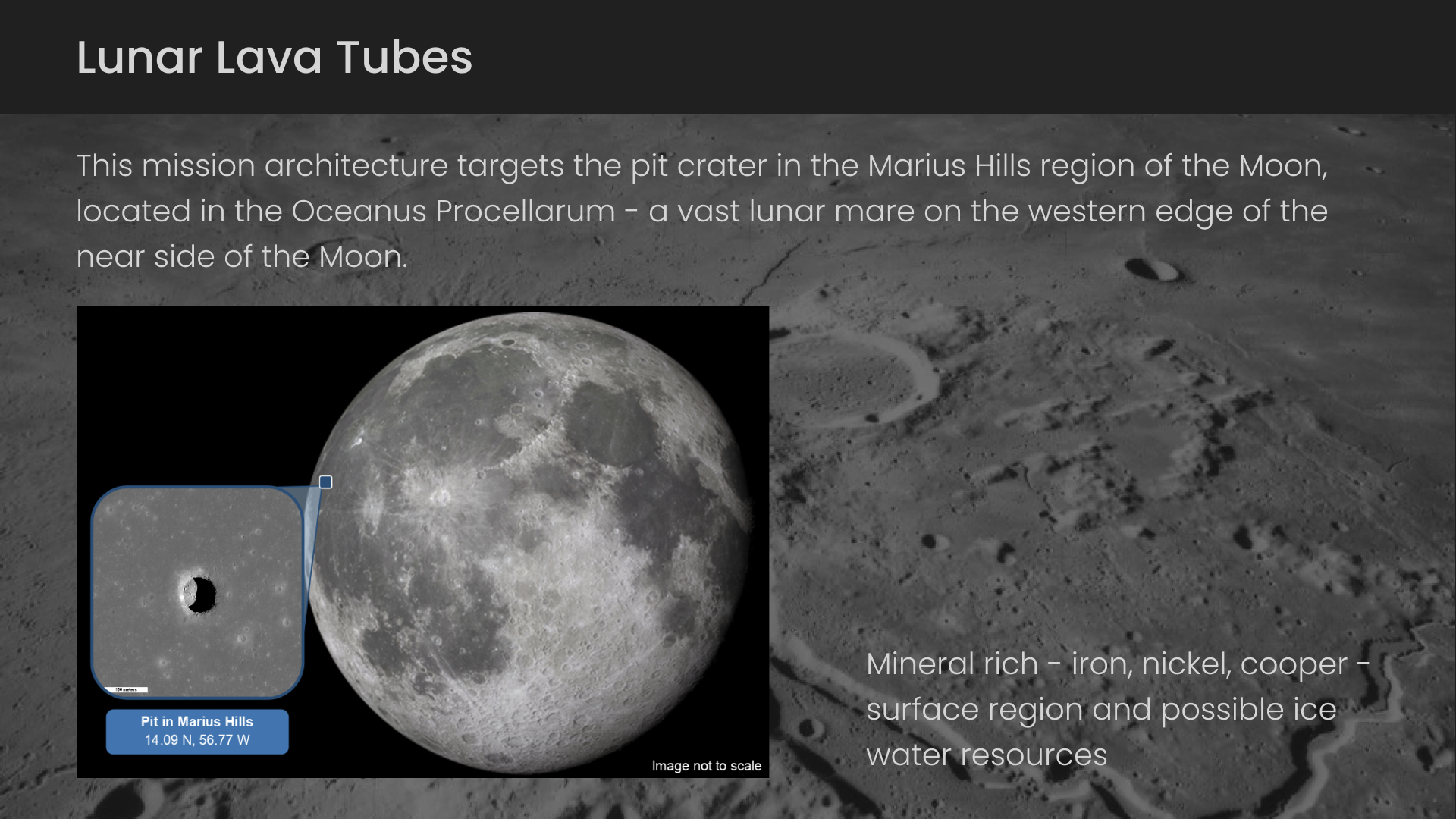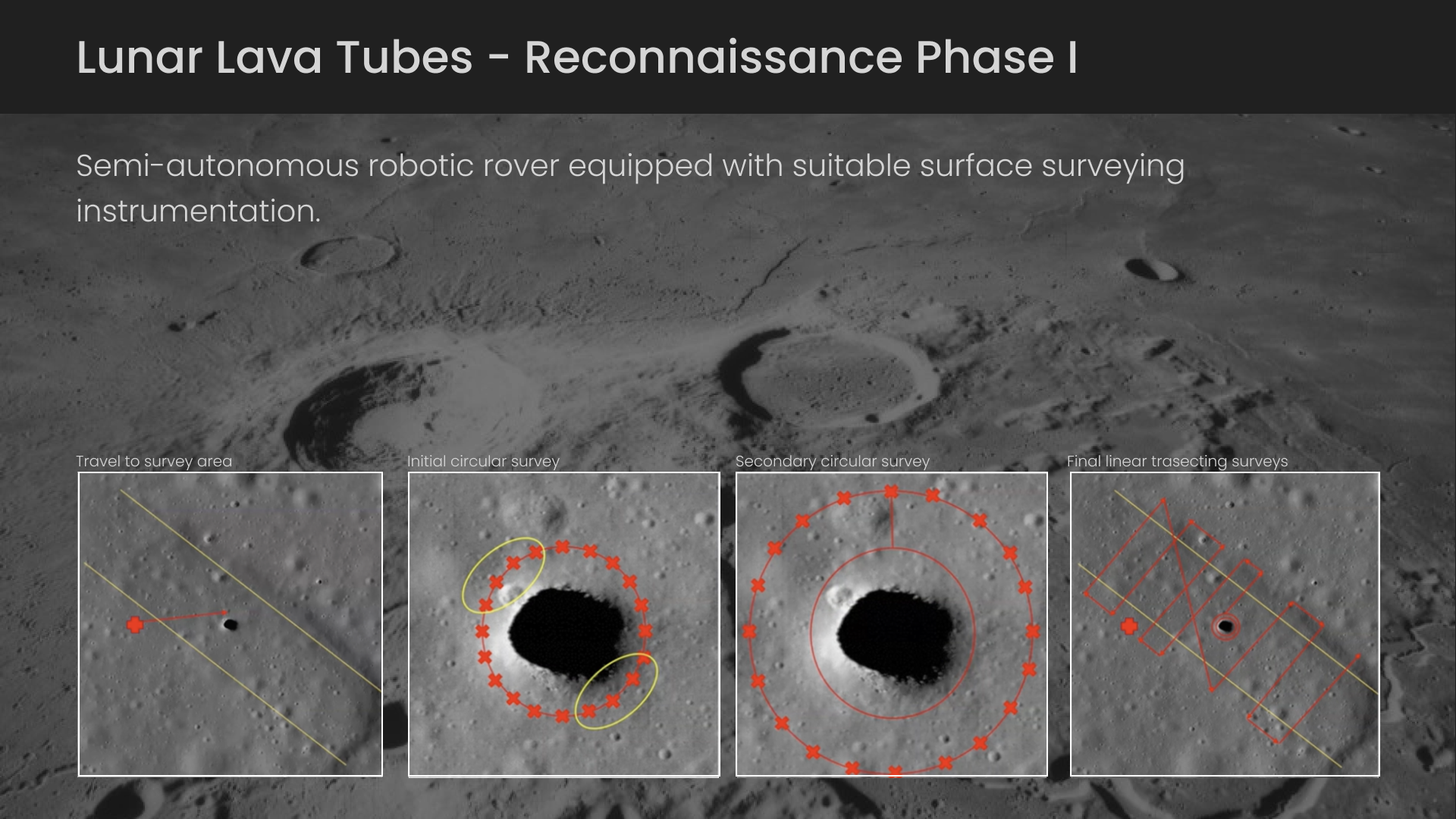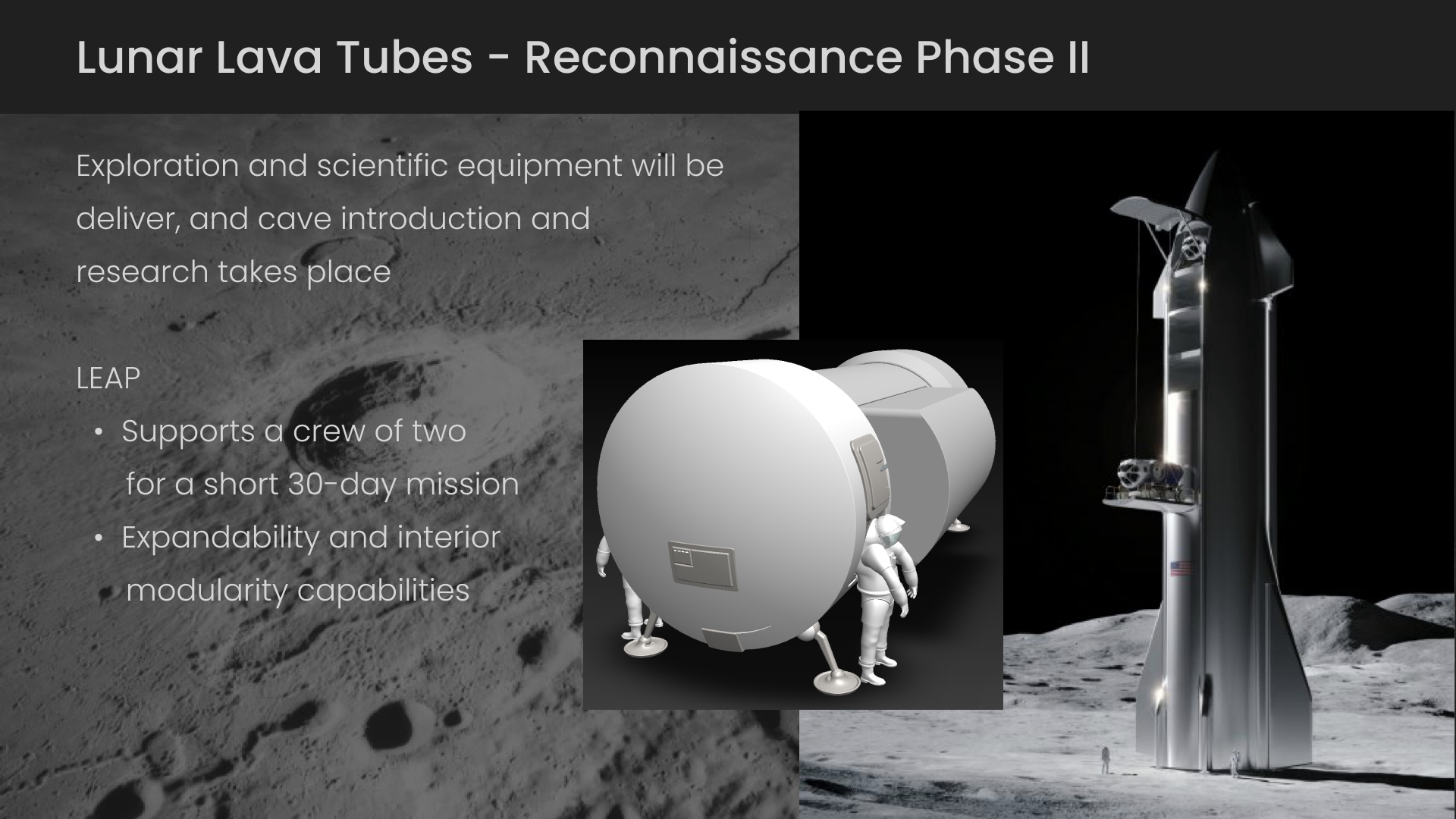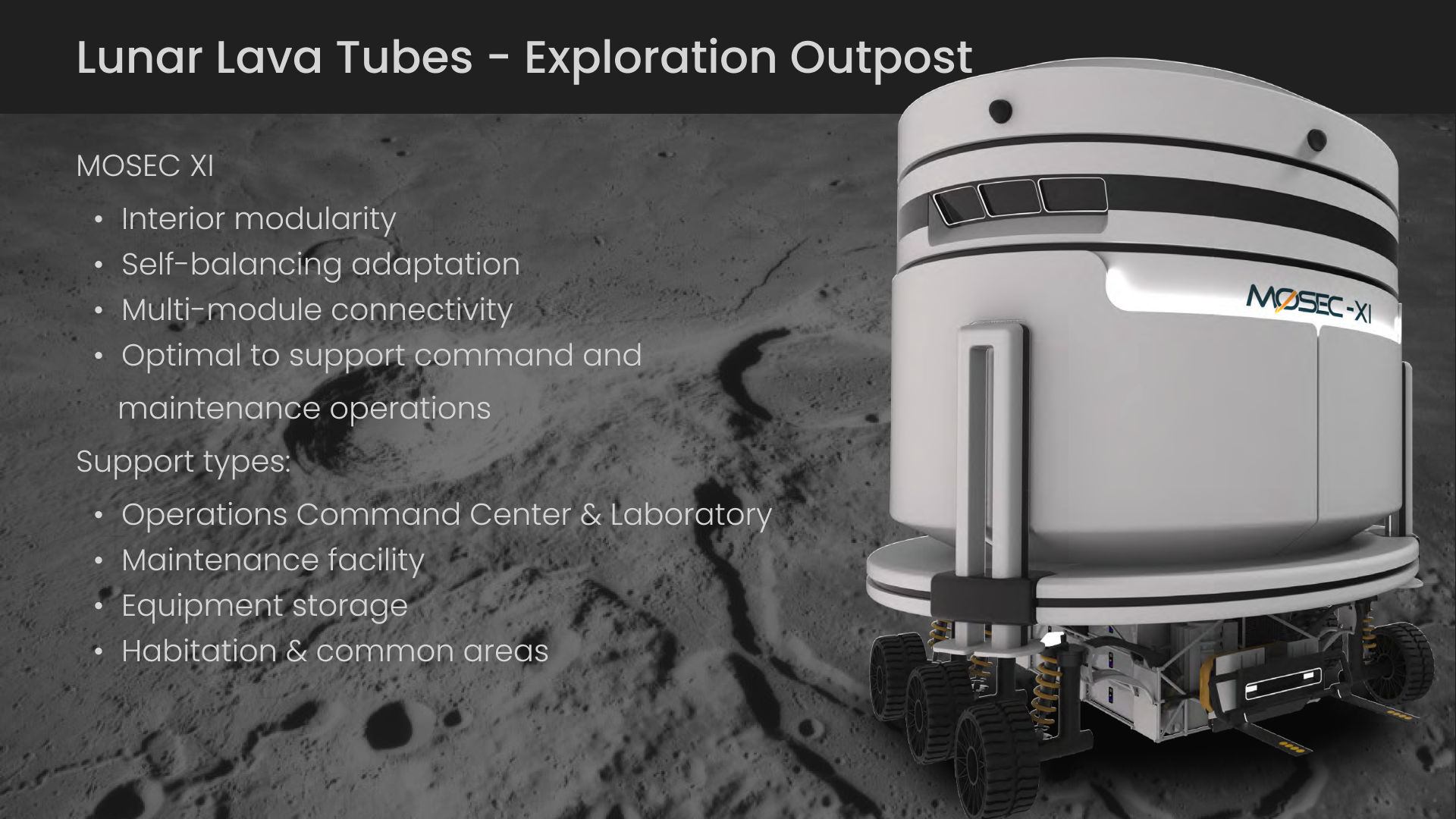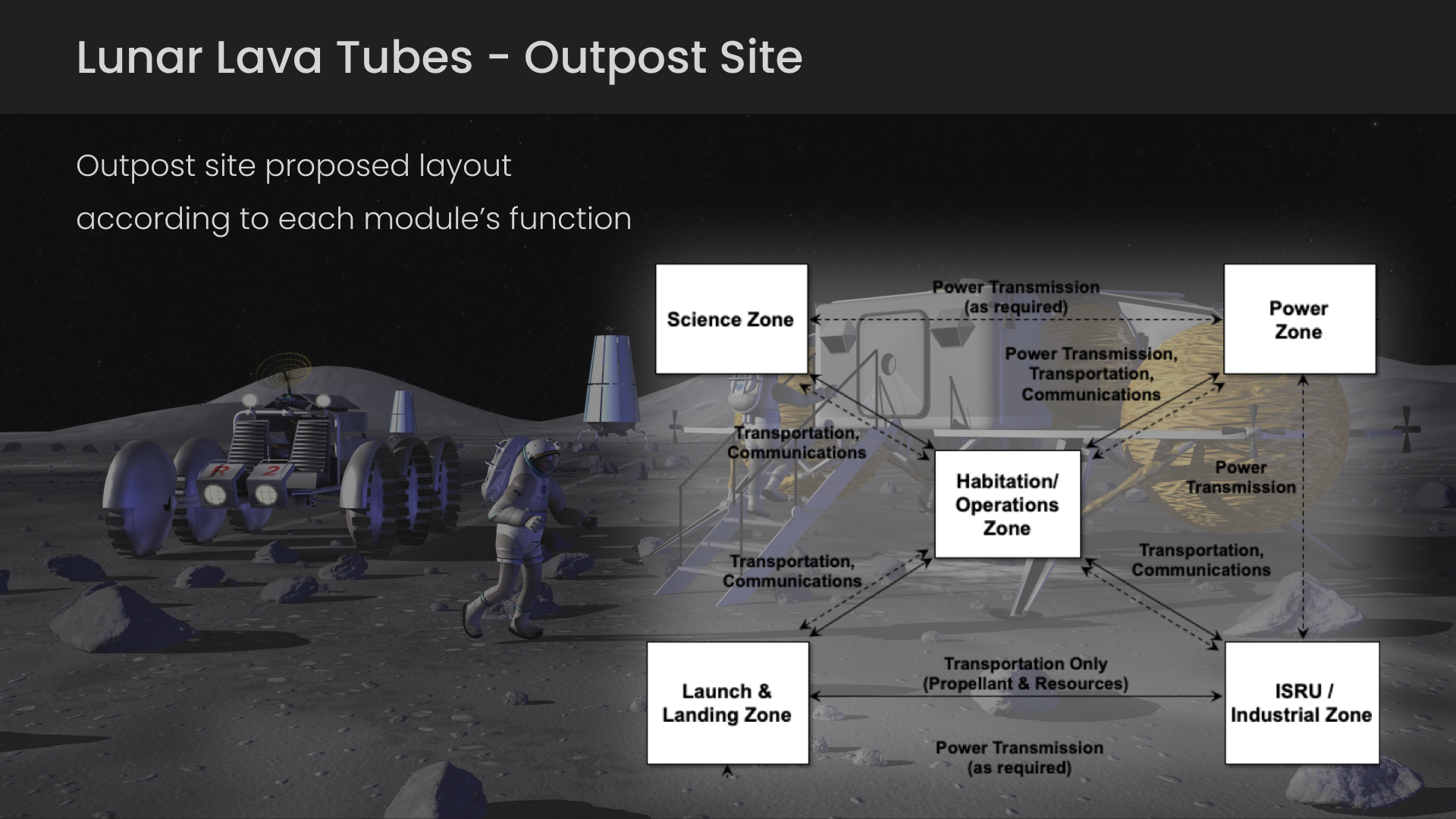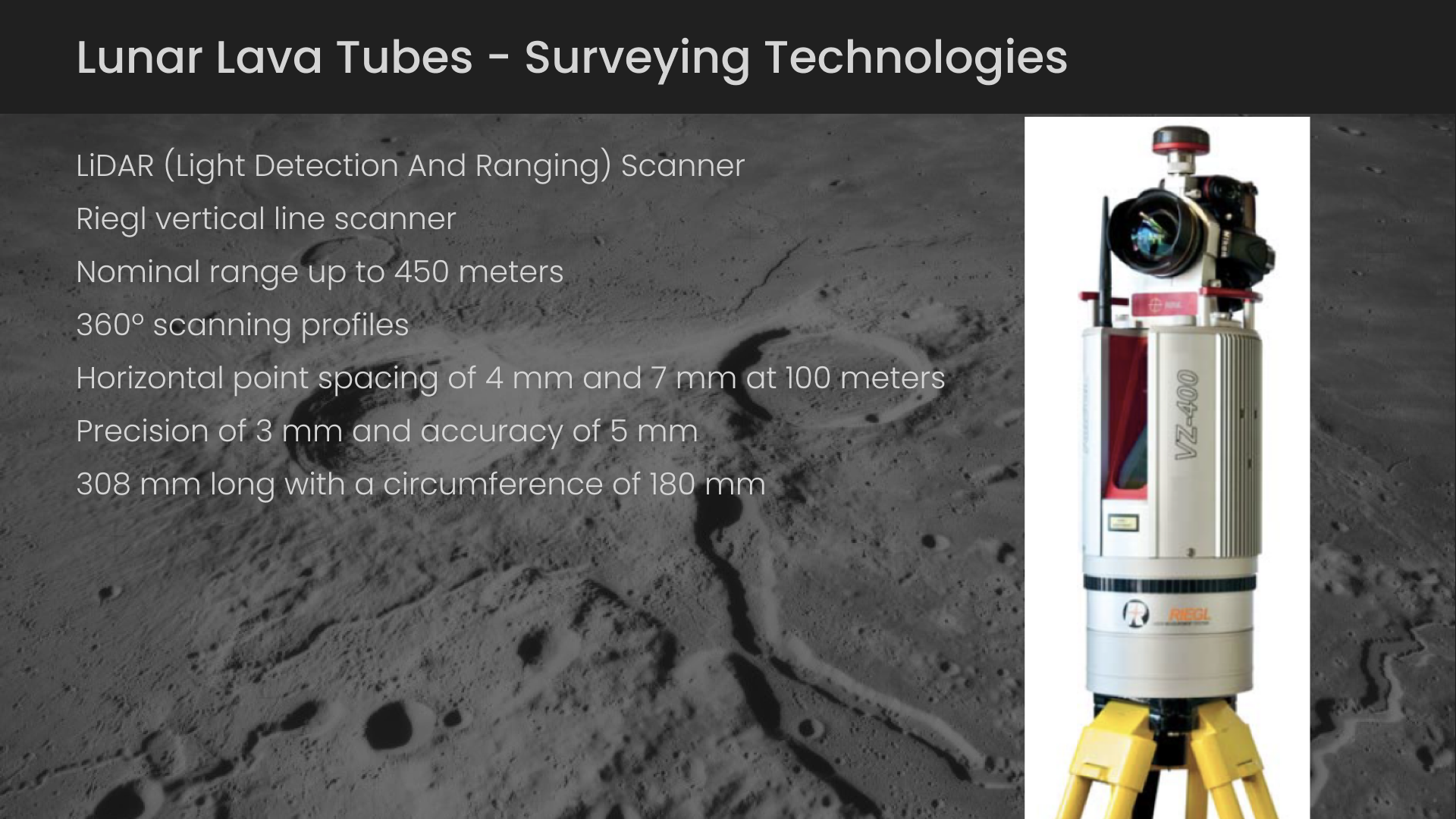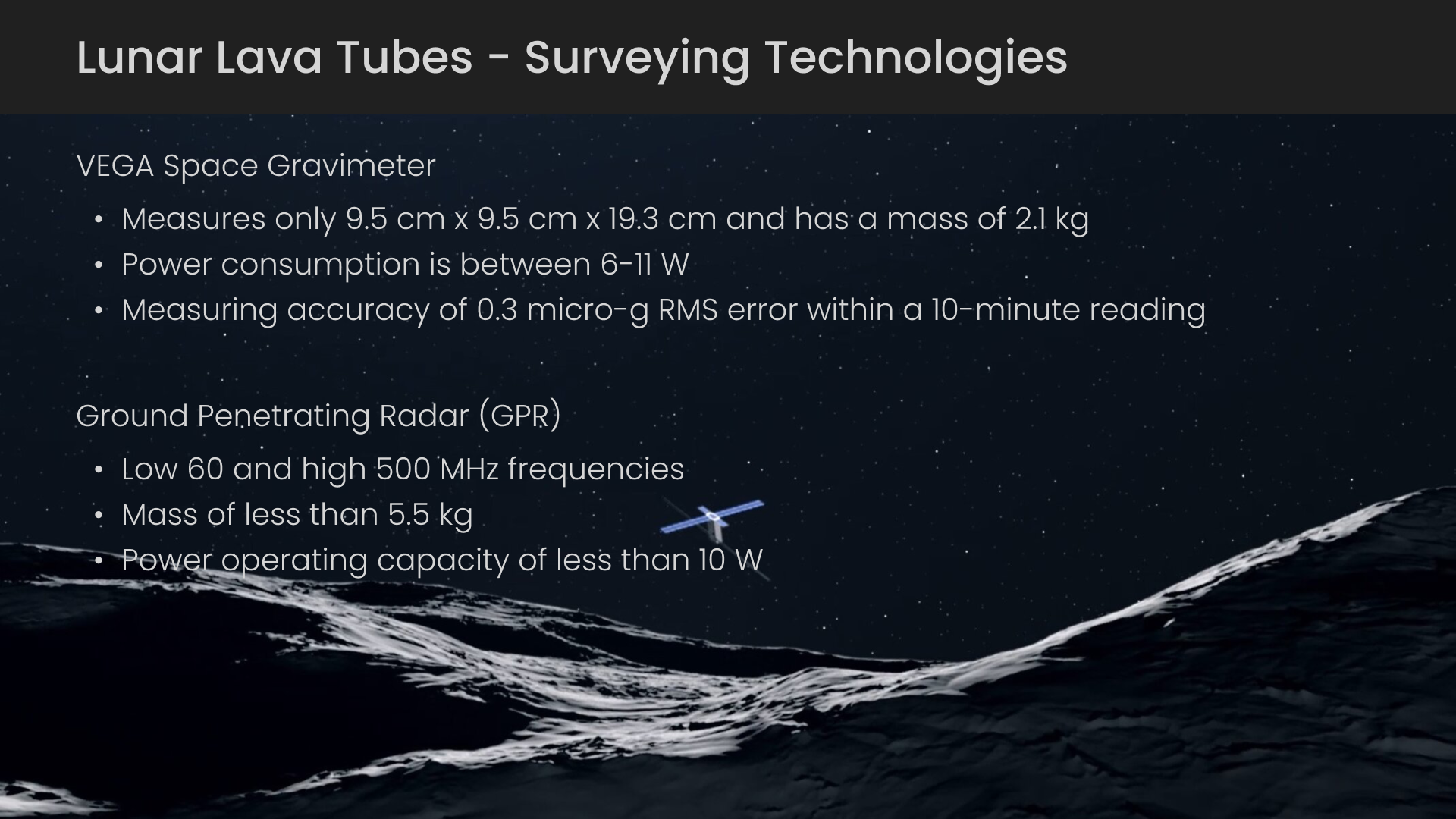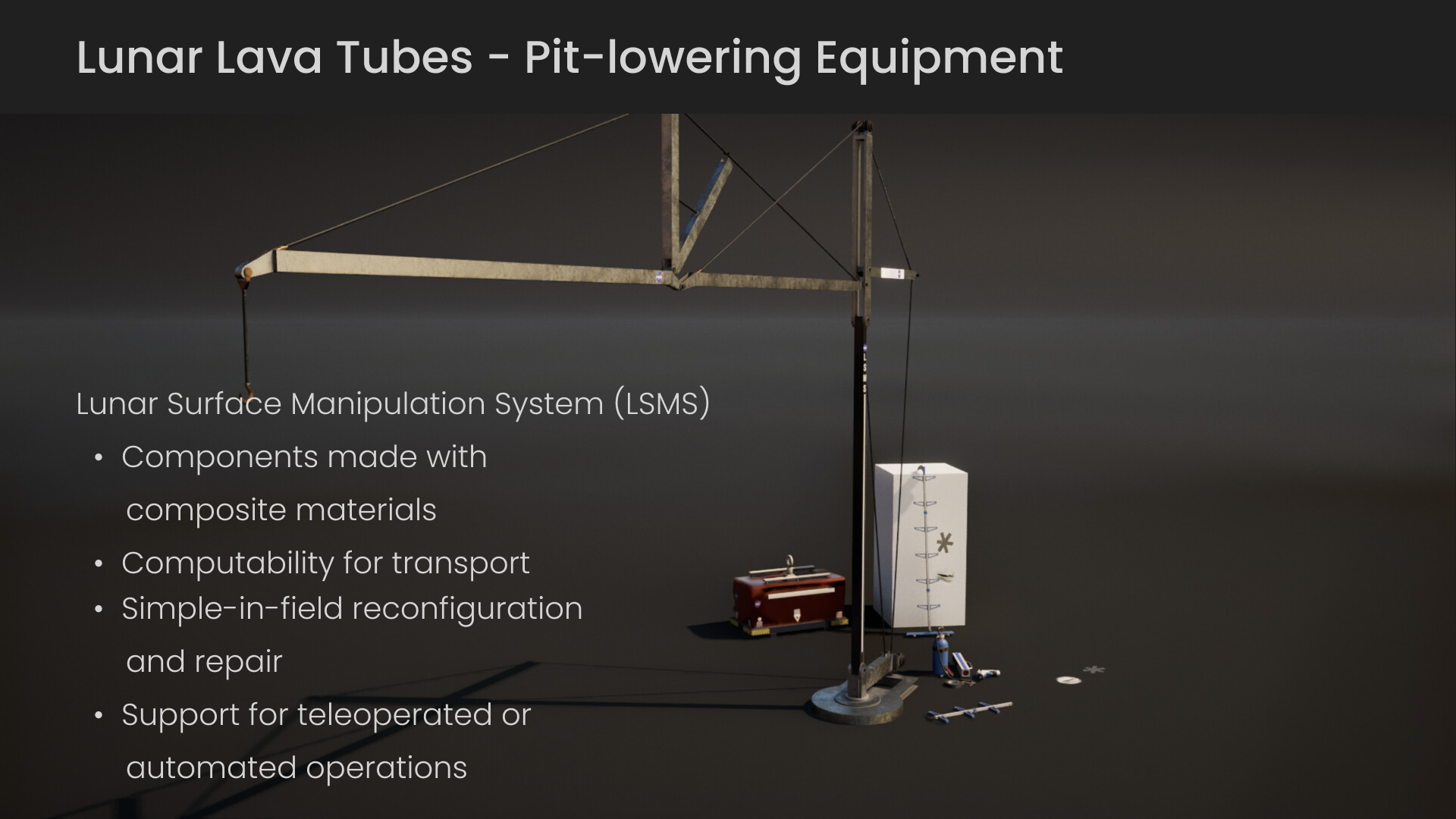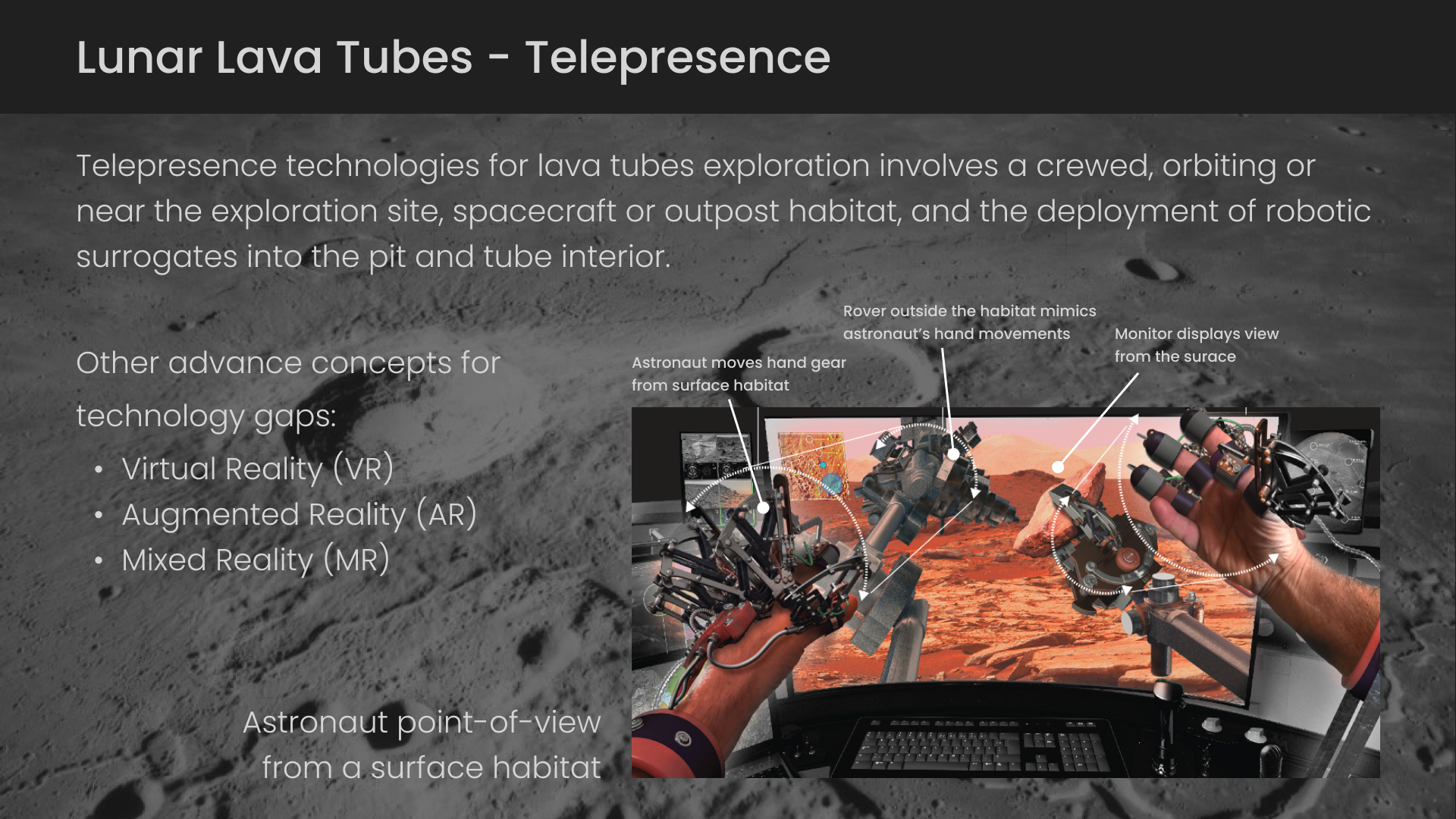Extraterrestrial Lava Tubes Exploration
This work focuses on a preliminary architecture mission design aiming to safely explore the sub-surface geological features inside the lava tubes discovered to exist on the Moon and Mars.
Research Motivation
This work focuses on a preliminary architecture mission design aiming at the safe exploration of the sub-surface geological features inside the lava tubes discovered to exist on the Moon and Mars.
Context
The mission is set in the context of NASA’s Artemis Missions and to fit future plans to colonize and explore the Moon and Mars.
Assumptions
1. For our purpose, it is assumed that planetary exploration is already underway
2. A number of self-sustained outposts are already in place
3. Human colonization of the Moon has advanced to a stage that allows expeditions to venture into other regions beyond the safeguard of the first settlements
4. Technologies advancements required to fuel the mission are in place, and expeditionary mobile habitats and research equipment are readily available
Vision
* Fuel and motivate future human exploration
* Establish criteria to characterize and categorize extra-terrestrial lava tubes
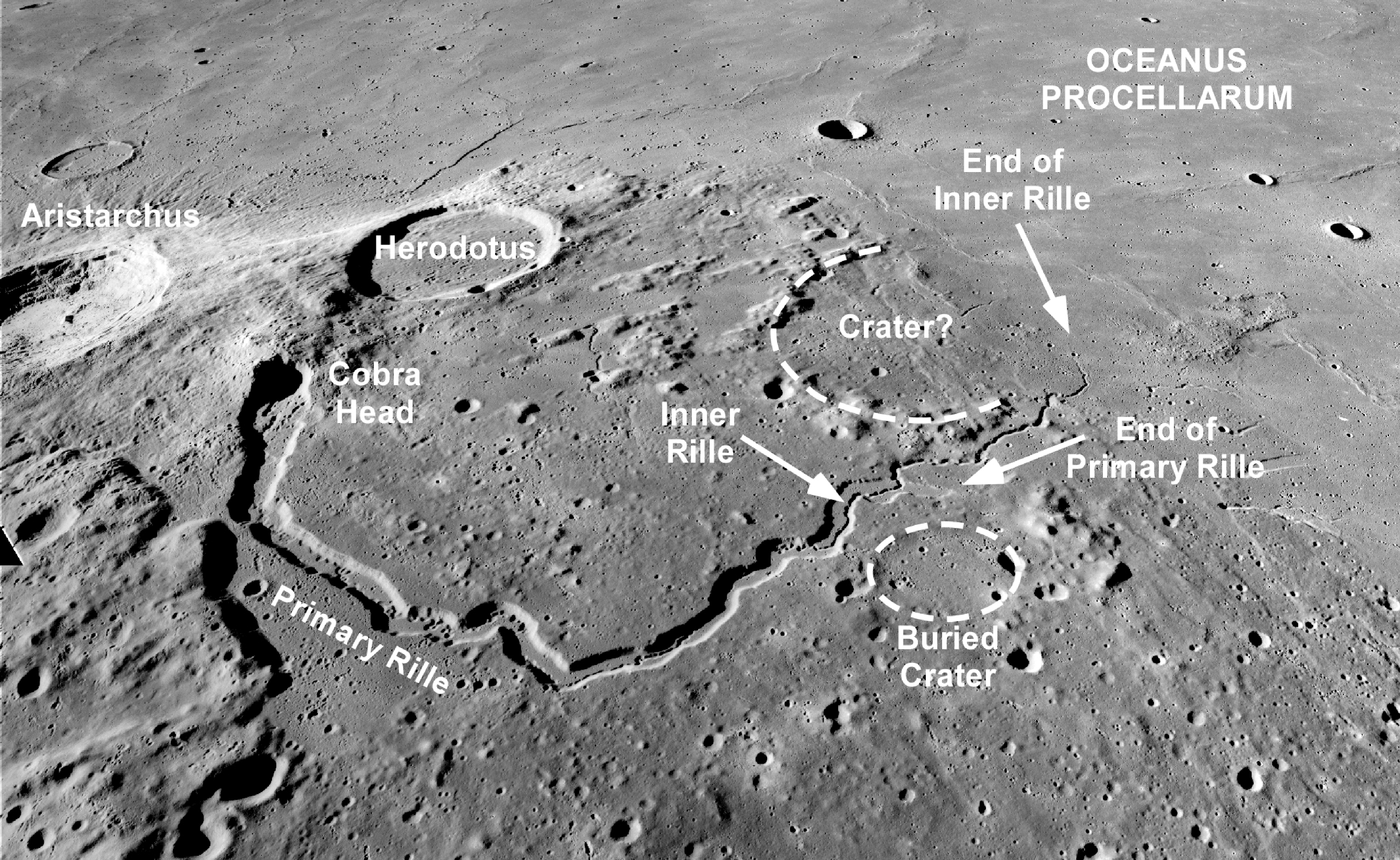
Mission
* Assess the technologies for teleoperated semi-autonomous research
* Extend human lunar presence, augment exploration capabilities, manipulate assets and resources
* Discover and study lava tubes using remote and in-situ sensors and modeling equipment
Goal
Acquire knowledge and understanding of remote robotic sensing capabilities and situational awareness needed for operations that involve interacting with harsh environments
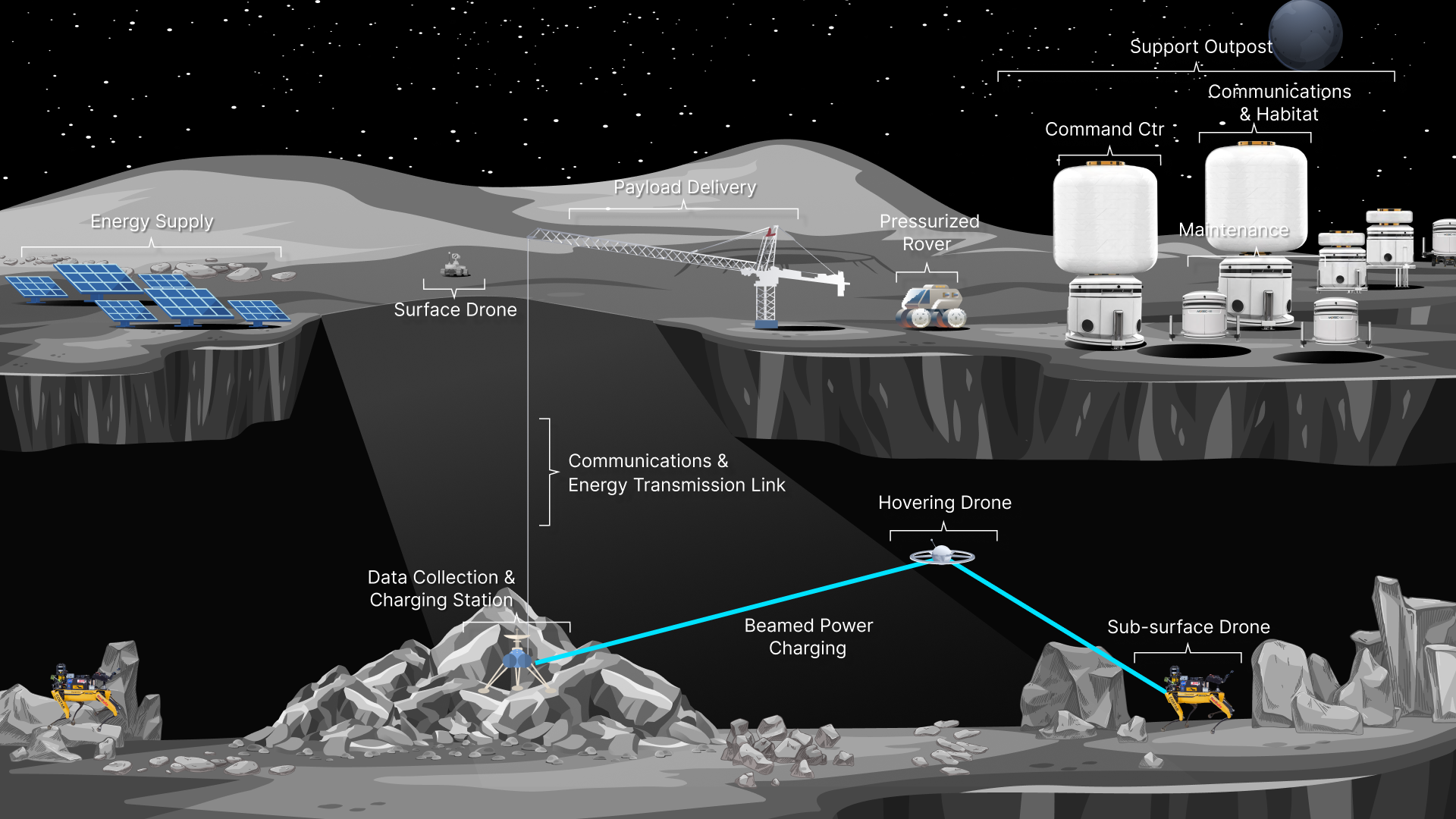
Objectives
* Minimize the safety risk of planetary exploration and operations for crew members
* Obtain digital mapping of geological structures for advanced planetary characterization scenarios
* Extend human cognition to the Moon, Mars, near-Earth objects, and other celestial bodies in our solar system
Research Methodology
* Space communities and space industry resources, including online articles, scientific papers, science journals, NASA publications
* Current works focused on meeting the expectations of returning to the Moon within this decade as well as relevant future plans for investigation and research
* Case studies focusing on lava tube exploration and robotics designed for these types of missions

Despite the potential benefits, there are also challenges associated with exploring and utilizing lunar lava tubes, including the need for advanced robotic and human exploration technologies, assessing the structural stability of the tubes, and addressing potential hazards. Ongoing research and technological developments will be crucial to realizing the full potential of lunar lava tubes for future space exploration and habitation.
Mission Architecture
The proposed mission requires a twofold architecture:
-
- The first phase is the assessment of a lava tube to study its surface characteristics, the environment around the pit, and the resource allocation around the region
- The second phase of the mission focuses on the lava tube entrance and interior exploration
Key Advantages
Lunar lava tubes offer several potential benefits for future human exploration and settlement. Here are some of the key advantages:
- Radiation Protection: Lunar lava tubes can provide natural shielding against cosmic and solar radiation. The Moon lacks a thick atmosphere and a magnetic field, making its surface more exposed to radiation. Utilizing lava tubes for habitats could help protect astronauts and equipment from harmful radiation.
- Temperature Stability: The Moon experiences extreme temperature variations between day and night. Lava tubes offer a more stable thermal environment, with temperatures inside remaining relatively constant. This stability can reduce the energy needed for temperature control within habitats and make it easier to maintain equipment.
- Micrometeoroid Protection: The Moon lacks a substantial atmosphere to protect against micrometeoroid impacts. Lava tubes could serve as a natural barrier, offering protection against small meteoroids and other space debris, reducing the risk of damage to structures and equipment.
- Reduced Construction Effort: Building structures on the lunar surface is challenging due to the lack of a dense atmosphere and other environmental factors. Using pre-existing lava tubes minimizes the need for extensive construction efforts and materials, making it more feasible for long-term lunar habitation.
- Water Ice Preservation: Some lunar lava tubes may contain deposits of water ice. The stable environment within these tubes could help preserve these valuable resources, making it easier for future lunar settlers to access water for drinking, agriculture, and other essential needs.
- Exploration and Science: Lava tubes may provide unique opportunities for scientific research and exploration. They could contain geological and mineralogical features that shed light on the Moon’s history, and exploring them could contribute to a better understanding of lunar geology.
- Spacecraft and Equipment Storage: Lava tubes can potentially serve as natural storage areas for spacecraft and equipment. Protecting assets within these tubes could extend the operational life of equipment by shielding it from the harsh lunar environment.
- Human Habitability: The controlled environment within lunar lava tubes makes them suitable for human habitats. These structures could house research facilities, living quarters, and other infrastructure needed for sustained lunar exploration and potentially serve as a base for further exploration of the Moon and beyond.






